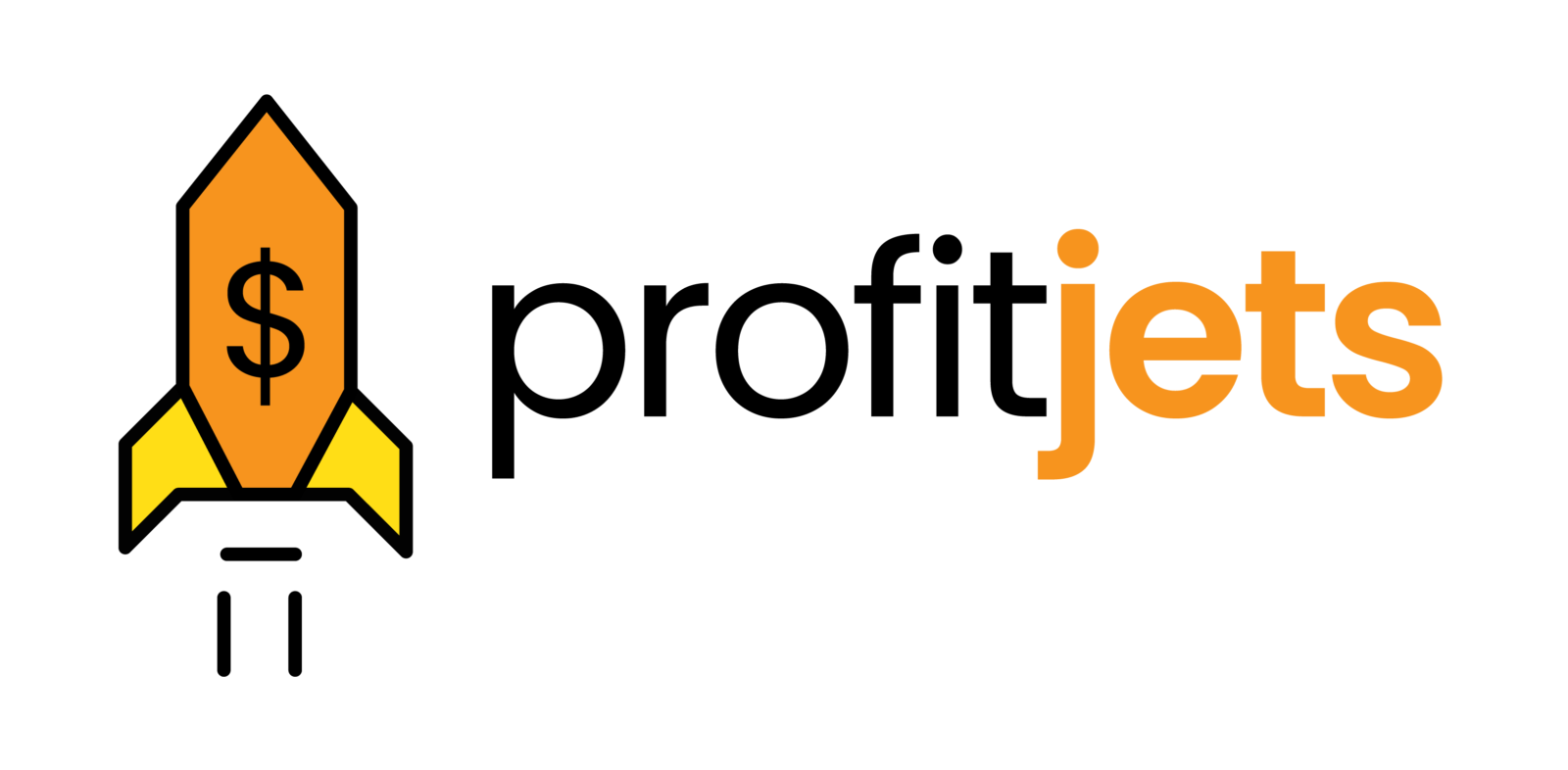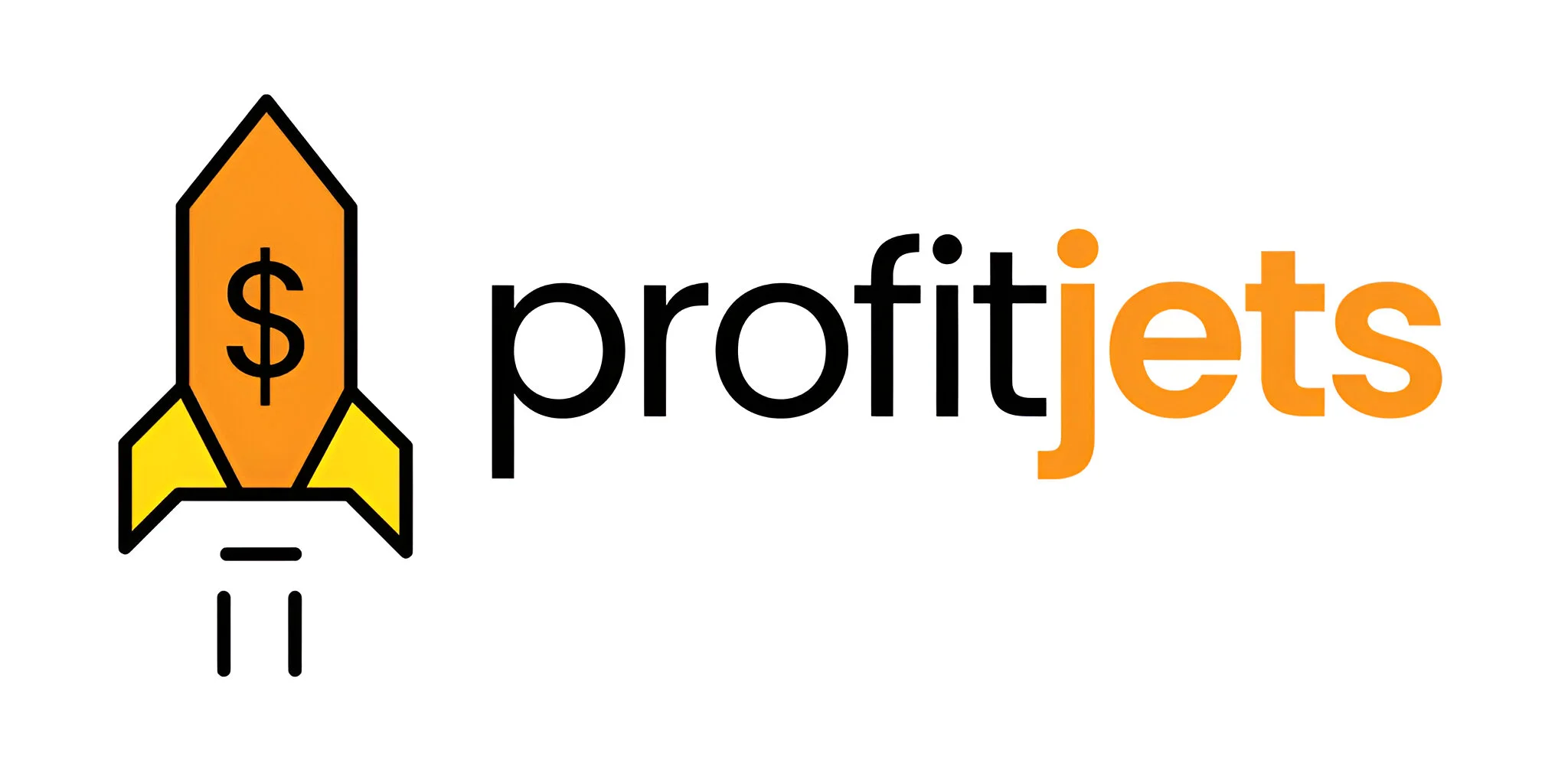Cash flow is the fuel that powers growth in business, whether you’re a startup scaling fast, an e-commerce brand navigating seasonal sales, or a freelancer managing irregular payments. Cash flow determines how confidently you can reinvest in your business. When managed well, it gives you the freedom to hire talent, invest in marketing, expand into new markets, and build resilience against market fluctuations.
Table of Contents
What is Cash Flow Management and Why Should Entrepreneurs Care?
Cash flow management is the process of tracking, analyzing, and optimizing the money moving in and out of your business. Think of it as balancing the timing of your inflows (like customer payments, sales revenue, and funding) with your outflows (such as payroll, rent, vendor bills, and loan repayments).
Good cash flow management isn’t limited to knowing whether your bank account has funds today—it’s about predicting what your cash position will look like in one week, one month, or even six months. That forward-looking visibility helps entrepreneurs make confident decisions, such as whether to invest in marketing, hire a new employee, or negotiate better terms with suppliers.
You can picture cash flow management as the control tower of your business’s financial health. It ensures that planes (cash inflows and outflows) land and take off in a coordinated way, avoiding costly delays or crashes. Without this oversight, businesses risk enduring a liquidity crunch. Some companies may appear profitable on paper but struggle with low liquidity, hindering their ability to run operations smoothly.
The role of liquidity over profitability: Is profit enough, or do you also need healthy cash flow? The truth is that you can report substantial profits and still face a crisis if your customers don’t pay on time or if expenses pile up unexpectedly. Profit may measure long-term success, but cash flow determines survival and growth in real time.

Common Cash Flow Mistakes That Kill Growth
Even ambitious, fast-growing businesses often stumble because of avoidable cash flow mistakes. Here are some of the most common pitfalls:
- Overestimating revenue: Entrepreneurs sometimes forecast sales based on best-case scenarios. When actual revenue falls short, the gap between expected cash inflows and actual collections can disrupt operations.
- Underestimating expenses: Hidden or irregular costs—from tax liabilities to seasonal marketing pushes—can drain cash unexpectedly. Without accurate forecasting, these surprises pile up.
- Poor receivables management (slow-paying customers): Late payments from clients are one of the top cash flow challenges for small businesses in the U.S. If you don’t have systems to speed up collections, your working capital gets stuck in limbo.
- Scaling too fast without liquidity: Growth requires upfront investment in inventory, staff, or technology. Expanding too quickly without enough cash reserves can leave a business stretched thin, forcing it to rely on debt.
Role of Growth & Cash Flow
Am I confusing growth with sustainable growth? It’s easy to get excited about scaling, but unless cash flow supports expansion, growth may actually weaken your business.
The Building Blocks of Strong Cash Flow
To strengthen your business’s financial foundation, focus on these core building blocks of cash flow management:
- Receivables: Get paid faster
Implement strategies like upfront deposits, shorter payment terms, and automated invoicing. For startups and freelancers, using payment platforms (Stripe, PayPal, QuickBooks) can reduce collection delays. - Payables: Smart vendor management
Negotiate flexible payment terms with suppliers without damaging relationships. Extending payables strategically helps preserve liquidity while maintaining trust. - Inventory: Avoid overstocking or understocking
For e-commerce businesses, excess stock ties up cash, while stockouts can lose customers. Smart inventory tracking tools help align purchases with actual demand. - Forecasting: Spot red flags before they hit
A rolling cash flow forecast allows you to see whether you’ll face a shortfall in the coming weeks or months. This early visibility empowers entrepreneurs to adjust—whether by cutting expenses, chasing receivables, or arranging financing.
Connecting to real-world struggles:
- Startups often burn through cash chasing growth, only to run into liquidity issues.
- Freelancers face irregular income cycles, making forecasting essential.
- E-commerce stores deal with high upfront costs for stock and shipping, which require careful balancing.
Strong cash flow management in these areas doesn’t just prevent problems—it equips entrepreneurs with the confidence to pursue opportunities when they arise.
How to Take Control of Cash Flow (Practical Playbook)
Critical question for entrepreneurs: Do I have visibility on where every dollar goes?
If your answer is “not really,” you’re not alone. Many small businesses and startups struggle with tracking day-to-day inflows and outflows. The good news is, you can take control with a structured playbook.
Here’s how to improve cash flow management in practical steps:
Cash Flow Forecasting and Budgeting
A rolling forecast helps predict whether your business will face shortfalls or surpluses in the coming weeks. Forecasting isn’t guesswork; it’s about using real data from your revenue, receivables, and expenses to build visibility. Budgeting ensures you allocate resources to what truly matters.
Using Outsourced Bookkeeping and Accounting for Real-Time Tracking
Outsourcing financial operations gives you access to experts who can track your finances daily, without the overhead of a full-time hire. Real-time reports highlight trends like rising expenses or overdue invoices before they snowball.
Negotiating with Vendors and Clients
Better cash flow often comes from better terms. Negotiating discounts for early payments with clients or requesting extended payment terms from suppliers can create breathing room.
Leveraging Technology (Tools, Dashboards, and AI Insights)
Tools like QuickBooks, Xero, and Float offer dashboards that give you a daily pulse on your liquidity. Some platforms even use AI to predict cash shortages or recommend adjustments. Technology ensures you’re not operating blind.
The best answer to how to improve cash flow management lies in combining data-driven forecasts, outsourced support, and smart financial negotiation.
How Cash Flow Impacts Business Growth
Many entrepreneurs ask, “Why is cash flow management important if I already have funding or strong sales?” The answer is simple—sales and funding are opportunities, but cash flow determines whether you can seize them.
- Hiring Talent
You can’t onboard employees if payroll is uncertain. Strong cash flow means you can grow your team with confidence. - Scaling Operations
Whether opening a new location, expanding inventory, or upgrading technology, scaling requires upfront cash. Healthy liquidity ensures growth won’t strain your business. - Marketing and Expansion
Marketing campaigns, product launches, or entering a new market demand cash at the start. Positive cash flow gives you the agility to act when opportunity knocks. - Innovation and Product Development
Investing in R&D or launching a new feature is only possible if your financial base is stable.
Good cash flow creates opportunity. Inadequate cash flow restricts innovation and growth, no matter how strong the revenue looks on paper.

Can Poor Cash Flow Really Cause Business Failure?
Critical question for entrepreneurs: If funding stopped tomorrow, how many months could I survive?
Poor cash flow is a leading cause of small business failure in the U.S. According to studies, around 82% of small business closures cite poor cash flow management as a key reason. This highlights why cash flow management is essential—it isn’t just about financial hygiene; it’s about survival.
The risks go beyond simply not being able to pay bills:
- Tax Penalties: Missing IRS deadlines because of cash shortages can trigger penalties and interest.
- Credit Downgrades: Late payments to lenders or vendors can damage your credit score, making future financing more expensive or even inaccessible.
- Investor Distrust: Investors and lenders watch liquidity closely. Even if your business looks profitable, weak cash flow signals instability and can scare away funding opportunities.
Ultimately, poor cash flow doesn’t just stop growth; it can quietly erode the financial foundation of your business until collapse becomes inevitable.
Tools and Support Systems for Better Cash Flow
When entrepreneurs ask, “How to improve cash flow management?” the answer often lies in using the right tools and support systems. Technology and expert guidance can give business owners the visibility and confidence they need to stay ahead of potential shortfalls.
Here are three pillars of modern cash flow management:
Cash Flow Management Tools
Platforms like QuickBooks, Xero, Float, and Pulse provide real-time dashboards that track income, expenses, and upcoming liabilities. Instead of relying on static spreadsheets, these tools offer automated forecasting, reminders for overdue invoices, and cash flow trend analysis. For U.S. small businesses and startups, they make it easier to spot liquidity gaps before they turn into crises.
Outsourced Bookkeeping and Accounting Support
Many entrepreneurs get bogged down trying to handle bookkeeping themselves. Outsourcing ensures that cash inflows and outflows are tracked accurately, freeing founders to focus on growth. With outsourced accounting, you also gain access to professionals who can prepare detailed reports, reconcile accounts, and highlight areas where you’re overspending. This hands-on support is critical when considering why cash flow management is important for day-to-day decision-making.
Virtual CFO Services
For growing businesses, cash flow management isn’t just about balancing bills — it’s about planning ahead. A virtual CFO can build financial models, create “what-if” scenarios, and guide decisions on scaling, fundraising, or entering new markets. This level of strategic foresight is what turns cash flow management from a reactive exercise into a growth accelerator.
The best approach to improving cash flow management combines innovative technology with expert support.

Conclusion
Without strong liquidity, even the most promising business idea can stall. But with the right mix of tools, expert support, and strategic foresight, cash flow becomes the fuel that powers hiring, scaling, innovation, and long-term success. At Profitjets, we act as a strategic partner, not just a vendor. Many entrepreneurs come to us after struggling with chaotic spreadsheets, late client payments, and the uncertainty of not knowing whether they’ll have enough liquidity for the next quarter.
Instead of dealing with scattered spreadsheets and late financial reports, our clients gain structured forecasts, predictive dashboards, and a clear growth roadmap. With Profitjets, cash flow management becomes a driver of opportunity, not a source of stress. We provide outsourced accounting and bookkeeping, tax filing and tax compliance services, and outsourced bookkeeping for CPAs. Get in touch with us now for a custom deal.
FAQs on Cash Flow Management
1. What is cash flow management, and why is it essential for small businesses in the U.S.?
Cash flow management is the process of tracking, analyzing, and optimizing the money moving in and out of your business. For small businesses , it’s crucial because even if your company is profitable on paper, poor cash flow can make it hard to pay employees, cover expenses, or reinvest in growth. That’s why cash flow management is important — it ensures financial stability and supports long-term business growth.
2. How can startups and freelancers improve cash flow management without hiring a full-time accountant?
Startups and freelancers can improve cash flow management by using cloud-based tools like QuickBooks, Xero, or Float to track income and expenses in real time. They can also outsource bookkeeping and accounting tasks to professionals who provide accurate reports and forecasts at a fraction of the cost of a full-time hire. This approach keeps costs low while maintaining visibility over cash inflows and outflows.
3. What are the most common cash flow mistakes entrepreneurs should avoid?
The most common mistakes include overestimating revenue, underestimating expenses, letting customer invoices go unpaid for too long, and scaling too quickly without enough liquidity. Avoiding these pitfalls is a key step in learning how to improve cash flow management and ensuring your growth is sustainable.
4. Can poor cash flow really cause a profitable business to fail?
Yes. Many U.S. businesses close their doors not because of lack of profit, but because of poor cash flow. If customers pay late, expenses pile up, or cash reserves run dry, even profitable companies can’t meet short-term obligations. This is why cash flow management is essential — it ensures businesses can cover daily operations while still planning for growth.
5. What tools and services are best for managing cash flow in 2025?
The best tools for cash flow management in 2025 include QuickBooks, Xero, Pulse, and Float, which offer real-time dashboards and automated forecasting. For more strategic guidance, outsourced accounting and bookkeeping, and virtual CFO services are highly effective. These services not only track transactions but also provide insights, scenario planning, and growth strategies tailored to your business.
6. How does effective cash flow management support business growth?
When cash flow is strong, businesses can confidently invest in hiring, marketing, inventory, and product development. It also improves investor trust and creditworthiness, making it easier to secure funding. In short, managing liquidity effectively turns cash flow into a growth engine instead of a roadblock.
7. How can Profitjets help my business improve cash flow management?
Profitjets provides outsourced bookkeeping, outsourced accounting, and virtual CFO services designed for U.S.-based small businesses, startups, and e-commerce companies. We transform disorganized spreadsheets into structured forecasts, real-time dashboards, and strategic financial plans, giving you full control over your cash flow and growth.










